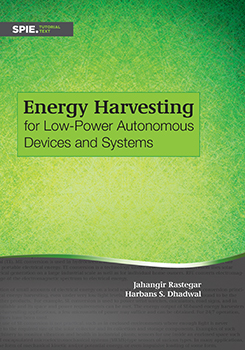|
|
|
|
CITATIONS
Transducers
Capacitors
Switches
Diodes
Switching
Capacitance
Transformers


